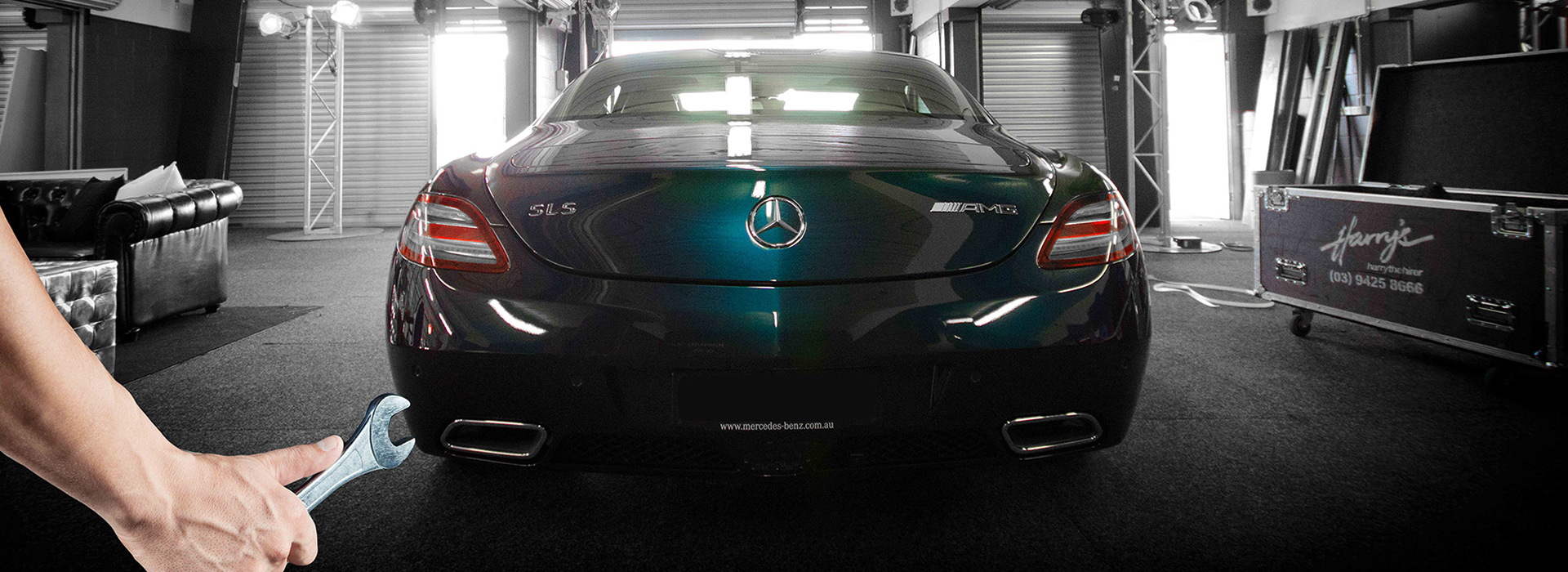Is it Illegal to remove a diesel particulate filter?
Yes, it is illegal. Owners face fines if caught (up to £1,000 for cars and £2,500 for vans) and removing a DPF can also invalidate your car insurance policy.
How do i tell if my diesel particulate filter is blocked?
If the DPF is becoming clogged with soot or a fault develops in the system, an orange light will typically appear on the dashboard as seen below.
They usually look like this with a piped box that has dots in the middle, although they can slightly vary by manufacturer manufacturer – check your handbook for more information.
How do i maintain a diesel particulate filter?
The best way to maintain a DPF is to make sure it’s fully able to regenerate itself when it’s full of soot (when the warning light appears).
There are two types of regeneration: passive and active.
Passive regeneration
Passive regeneration occurs when the car is running at speed on long motorway journeys which allows the exhaust temperature to increase to a higher level and cleanly burn off the excess soot in the filter.
So it is advised that drivers regularly give their diesel vehicle a good 30 to 50 minute run at sustained speed on a motorway or A-road to help clear the filter.
However, not all drivers do this type of driving regularly – which is why manufacturers have designed an alternative form of regeneration.
Active regeneration
Active regeneration means extra fuel is injected automatically, as part of the vehicle’s ECU, when a filter reaches a predetermined limit (normally about 45%) to raise the temperature of the exhaust and burn off the stored soot.
Problems can occur, however, if the journey is too short, as the regeneration process may not complete fully.
If this is the case the warning light will continue to show the filter is still partially blocked.
In which case it should be possible to complete a regeneration cycle and clear the warning light by driving for 10 minutes or so at speeds greater than 40mph.
You will know whether active regeneration is taking place by the following symptoms:
- Engine note change
- Cooling fans running
- A slight increase in fuel consumption
- Increased idle speed
- Deactivation of automatic Stop/Start
- A hot, acrid smell from the exhaust
What do i do if neither active nor passive regeneration work?
If your warning light continues to stay on, turns red, or additional DPF lights come on, do not leave it too long before getting it checked out.
More damage can be caused this way and what could be an inexpensive fix can become something much more expensive.
Some garages can clean blocked DPFs, in a process called forced regeneration.
This usually costs around £100 and, while it’s not a 100% guaranteed fix, it’s usually successful in removing the excess soot and allowing the DPF to work and automatically regenerate again.
It’s a failure to correctly regenerate that is the cause of most diesel particulate filter issues: they become blocked, which increases exhaust emissions, stifles engine performance and sometimes even puts the car into a restricted ‘limp-home mode’.
On some models the engine may not restart after a number of miles – again, consult your handbook for details.





